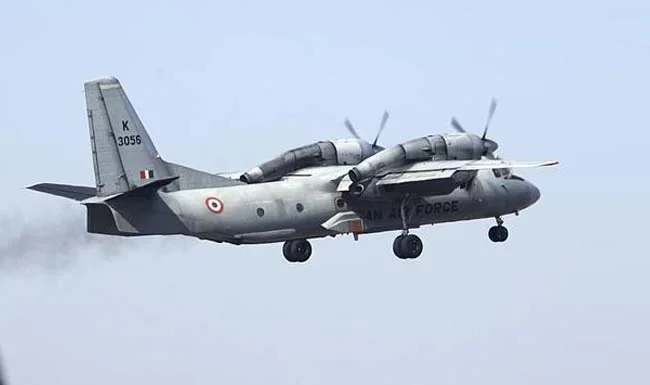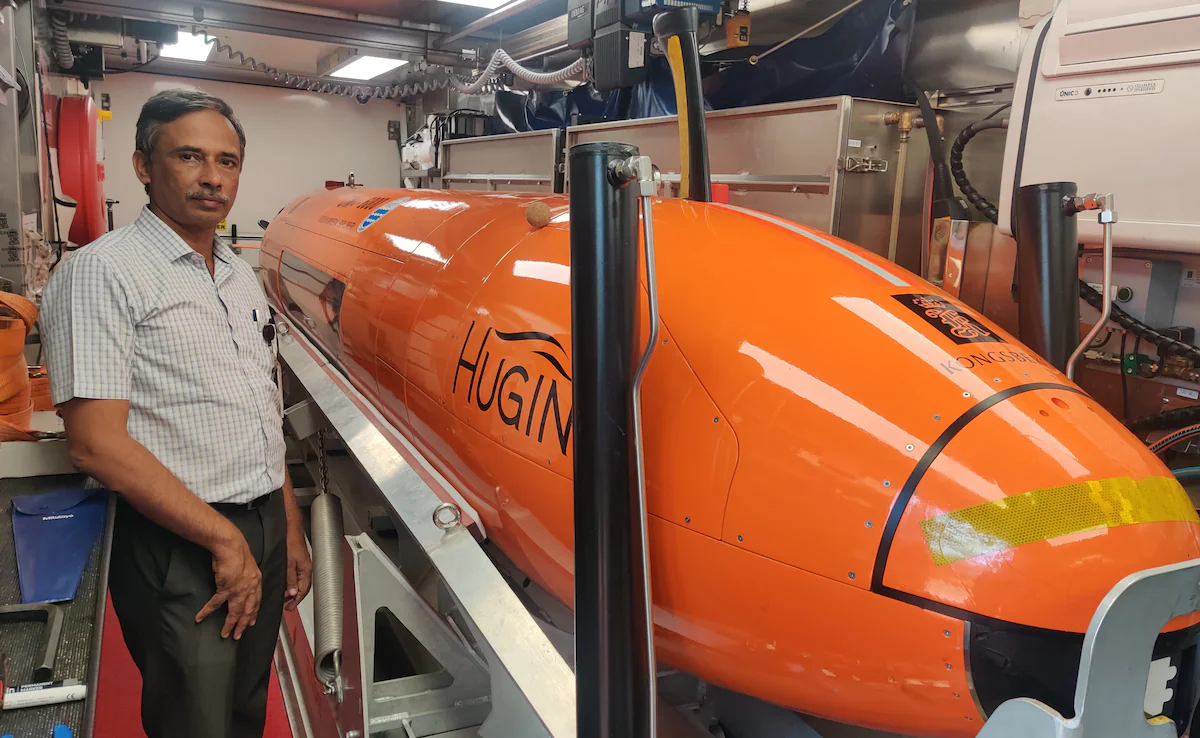After eight years of uncertainty, a breakthrough was achieved last month as the debris of a missing Indian Air Force aircraft was located at a depth of 3.4 km in the Indian Ocean, off the Chennai coast.
The discovery, made possible by the National Institute of Ocean Technology (NIOT), not only provided closure to 29 grieving families but also showcased India’s prowess in exploring the ocean’s depths.
The missing aircraft, an An-32 transport plane with registration number K-2743, vanished on July 22, 2016, after departing from the IAF airfield at Tambaram in Chennai en route to Port Blair with 29 personnel on board. Despite extensive search efforts, the aircraft remained elusive, leaving behind a lingering mystery.
In an exclusive interview with NDTV, Dr. GA Ramadass, Director of NIOT, revealed that the breakthrough came during a routine scientific exploration when unusual objects were spotted on the ocean floor. Further investigation confirmed them to be remnants of an airplane, subsequently identified by the IAF as the missing An-32.
The discovery underscores India’s technological advancements in oceanic exploration, aided significantly by the acquisition of the Ocean Mineral Explorer (OMe-6000) submersible from Norway in 2022.

Dr. S Ramesh, leading the deep ocean mission, and his team stumbled upon the debris while conducting calibration trials of the submarine, demonstrating the serendipitous nature of the find.
While the black box of the aircraft remains elusive, Dr. Ramesh remains optimistic about the possibility of locating it with targeted search efforts. The discovery holds particular significance against the backdrop of other high-profile missing plane cases, such as Malaysia Airlines Flight 370, which have yet to yield any conclusive findings.
The Ministry of Defence confirmed the discovery, lauding NIOT’s efforts in deploying advanced technology for deep-sea exploration.
The use of Autonomous Underwater Vehicles (AUVs) equipped with sophisticated sensors facilitated the search at depths of 3,400 meters, ultimately leading to the identification of the aircraft debris.
The OMe-6000, described as the “most flexible AUV available on the market,” has already proven its utility in a range of applications, from commercial to scientific and defense-related missions. Mr. Ramadass highlighted its potential in exploring India’s vast shoreline and harnessing oceanic resources sustainably, emphasizing its role in the country’s development agenda.
Looking ahead, India’s deep-ocean exploration capabilities are set to expand further with the development of Matsya-6000, a human submersible, as part of the ambitious Samudrayaan project.
As India continues to leverage technology for maritime exploration, the discovery of the missing aircraft debris stands as a testament to the nation’s determination to unravel mysteries hidden beneath the ocean’s depths.












